Home internet, wired or wireless? That’s a big question now days with more folks working from home. With a lot of newer homes being built today having the house pre wired for Ethernet connections is a common practice. In older homes wireless seems to be the way to go, especially with faster speed wireless routers. But, what happens when you live in an older home and your wireless signal wont reach all of your desired computing locations? TP-Link has a solution, the AV600 Gigabyte Powerline Adapter starter kit.
Note: Images can be clicked to view a larger size.
While this networking method is not new, the listed data transfer speeds for uploads and downloads are, up to 600Mps. The AV600 sent to me to review is a starter kit containing a sending unit and one receiver. Basically what this system does is turn your home wiring into a data conduit by using the sending unit to send data and the receiving unit to (you guessed it) receive the data. The sending unit is paired with the receiving units so in theory you could run multiple lines throughout your house.
The packages contains the following:
- Two TL-PA6010 model powerline adapters
- Two RJ-45 Ethernet cables
- Quick installation guide
- A resource CD
Has the following features listed on the TP Link website:
- High-speed data transfer rate of up to 600Mbps, ideal for bandwidth-intensive HD video or 3D video streaming and online gaming
- No new wires, use existing electrical wiring
- Up to 300-meter range over a home’s electrical circuit for better performance through walls or across floors
- Easy to install, just plug in and play
- Patented Power-Saving Mode, automatically reducing power consumption by up to 80%
- 128-bit AES encryption ensures network security simply by pressing a button on paired devices
- Built-in QoS assures the quality of bandwidth sensitive applications such as voice, video and online games
- Supports IGMP managed multicast IP transmission, optimizing IPTV streaming
- Compatible with all AV500 & AV200 Powerline adapters (HomePlug AV)
And the following hardware specs as listed on the TP-Link website:
- Standards and Protocols: HomePlug AV, IEEE802.3, IEEE802.3u, IEEE802.3ab
- Interface: 1*Gigabit Ethernet Port
- Plug Type: EU, UK,US
- Button: Pair Button
- LED Indicator: PWR, PLC, ETH
- Dimensions ( W x D x H ): 2.5x 1.9 x 1.6 in. (63×47×40mm)
- Power Consumption: Maximum: 6.84W (220V/50Hz), Typical: 6.68W (220V/50Hz), Standby: 1.50W (220V/50Hz)
- Range: 300 Meters over electrical circuit
In this kit both of the units can be used as a sender or receiver so there is no difference in either unit. As you can see from the front view you have the TP-Link logo and 600Mps, at the bottom you have three LEDs with symbols below each one. From left to right the symbols are: the power indicator, the powerline indicator and the Ethernet indicator. The power indicator LED lights up and shows that you have power in the outlet you are using. The powerline indicator LED light is solid when the unit is connected to the powerline network and the LED flashes when data is being transferred. The Ethernet indicator LED is solid when it is connected and no data is being transferred and the LED is blinking when data is being transferred.
The bottom of the AV600 units have the pairing button and the Ethernet port.
The rear of the AV600 units have the plug and unit information.
The sides of the units have what appear to be ventilation slits in them. The top of the units are solid with no apparent functionality.
Setting up this system is as easy as plugging one of the units into a wall outlet close to your modem, plugging the other unit (receiver) in the room where you want to use it, and the using the pairing buttons to pair the two units. After the units are paired you can connect the Ethernet cables to your modem and computer and you should see all of the lights power, powerline and the Ethernet LEDs are either solid or flashing depending on the data transfer. For my testing purposes I will note that I ran my connections from a 10/100 hub. I could have also ran it from a router or directly from the modem, but I figure that most households will have a similar set-up running a computer at the modem location and possible a hub and router.
I am guessing the question on everyone’s mind is, does it work? And the simple answer is yes. As you can see from the images above (the listing from top to bottom are; wired, TP-Link AV600 and wireless connection) the TP-Link AV600s download speed is comparable to that on the connection running from the hub and significantly higher than the wireless. The upload speeds varied a lot from test to test which surprised me since the wireless seemed to have a better upload speed. The test was run using www.speedtest.net for the speed test, the TP-Link AV600, a Linksy EFAH05W 10/100 hub and Netgear N900-WiFi Router model WNDR 4500 and an ARRIS/ Motorola SURFboard model SB6141.
So, what’s my bottom line here? First, let me hit on the speed issue. Although the TP-Link AV600 boasts a data transfer rate of up to 600Mpbs, the reality at this point in the US is that most folks can never achieve that transfer rate. Our systems are not geared for that speed and neither is our current infrastructure. That being said, the AV600 delivers on good data speeds over my in home wiring. It was consistently faster on download speed over the wireless and comparable with my wired 10/100 hub. I will admit that I mainly wanted this unit for my gaming. I live in a small house so my Wi-Fi signal is great all around, but I do notice that when gaming I can get lag and that can cause me to lose my edge. The TP-Link AV600 has changed that. Overall, I think that the AV600 can be a great solution for those with Wi-Fi connectivity issues or those who have older homes and want a simple wired solution for their internet activities. Available at many online and retail outlets the AV600 price averages between $73 and $79.
Source: The sample for this review was provided by TP-Link.
Gerber Gear Suspension 12-in-1 EDC Multi-Plier Multitool with Pocket Knife, Needle Nose Pliers, Wire Cutters and More, Gifts for Men, Camping and Survival, Grey
25% OffCAMVATE Folding 6-in-1 Multi-Tool Kit(Blue)-3801
$9.90 (as of December 10, 2025 14:46 GMT -05:00 - More infoProduct prices and availability are accurate as of the date/time indicated and are subject to change. Any price and availability information displayed on [relevant Amazon Site(s), as applicable] at the time of purchase will apply to the purchase of this product.)Product Information
| Price: | $73 - $79 |
| Manufacturer: | TP-Link |
| Retailer: | Various |
| Requirements: |
|
| Pros: |
|
| Cons: |
|

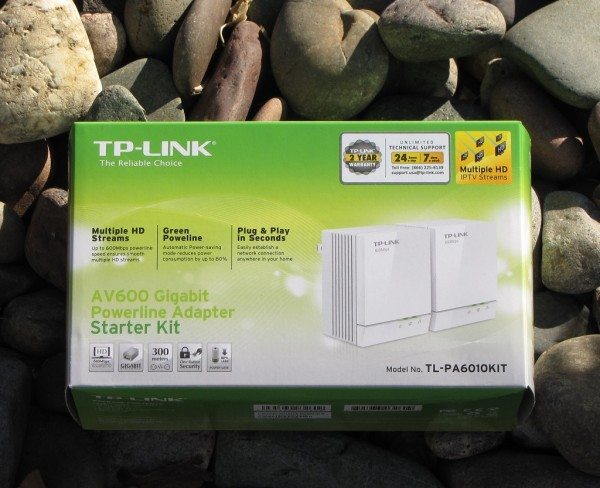
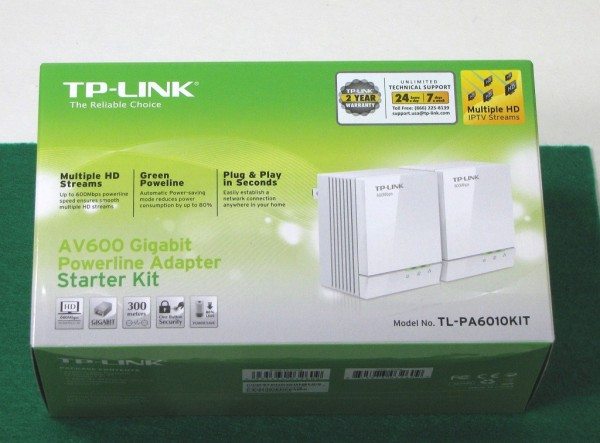
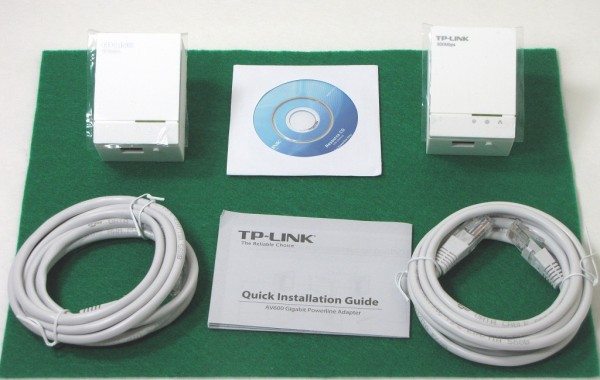
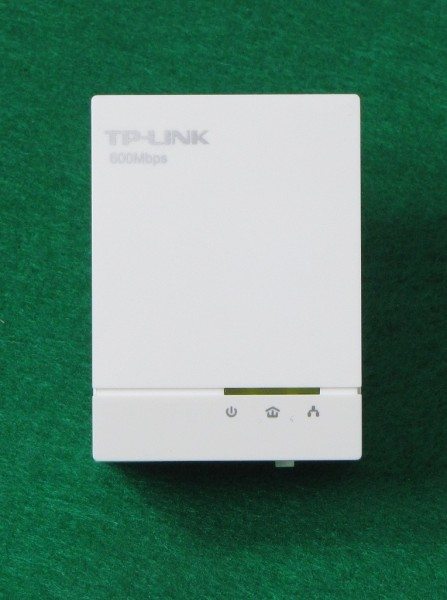
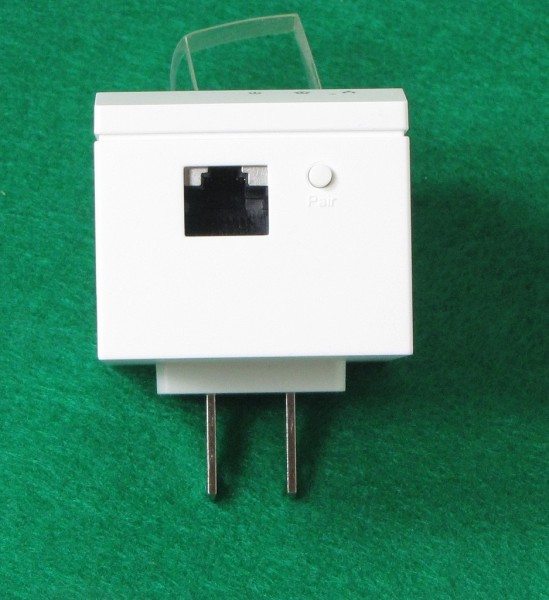
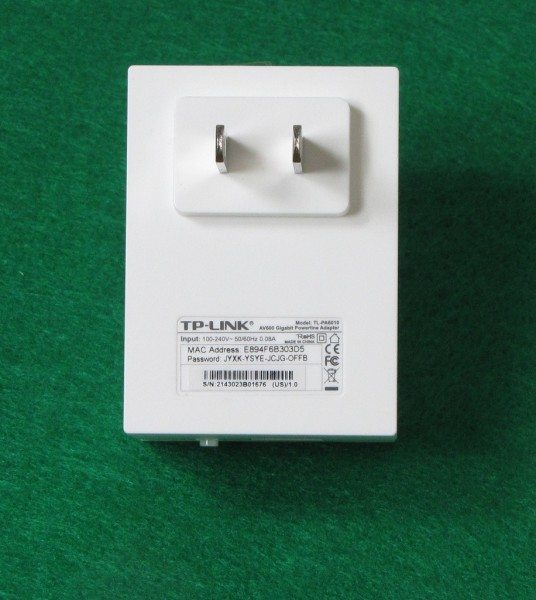
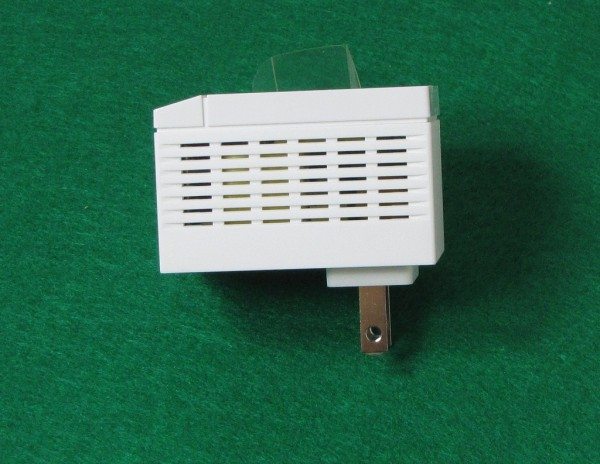
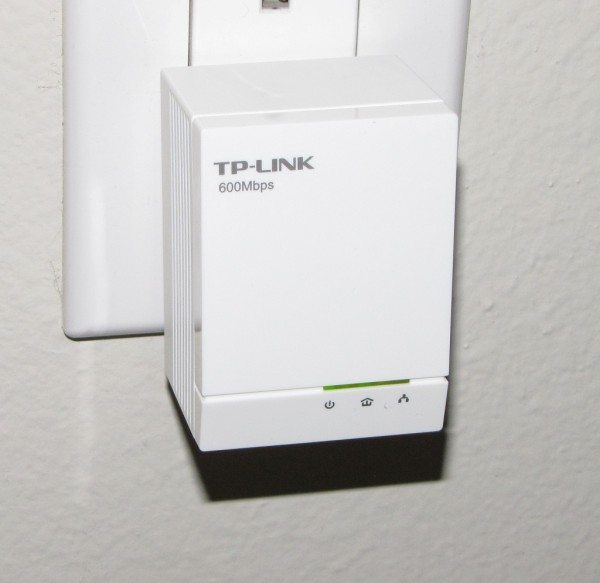
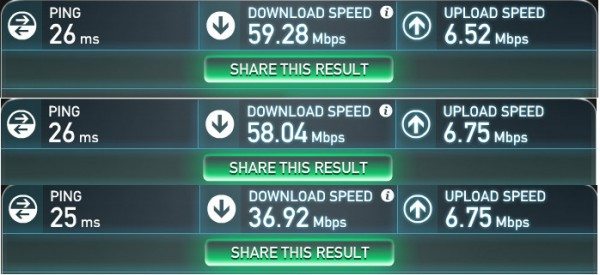


Gadgeteer Comment Policy - Please read before commenting
Thanks for the review.
I also used the Powerline products (although my units are from Netgear) and find them reliable, simple to use, and have enough bandwidth to stream media. However, I found the performance will suffer if it sits on a circuit that has many devices with large current drain such as home appliances.
Perhaps as an alternative, one may want to invest in a router with WiFi-ac which will be more flexible as this WiFi band becomes more popular.
I have a TP-Link powerline product and I’ve been very happy with it. The only issue (and I am aware that this can be a problem) is that I have to run the device via an extension cable. Do you know if the Gigabit devices are less prone to interference from extension cables? Is the signal stronger, more robust etc? Or is it simply a speed thing?
Thanks
Neil
@Neil Jones I believe the it is more of a speed thing. I do know the farther you get from the initial signal source the more your signal will degrade thus the 300 meter range listed in the features section.
For me, the point of the speed is streaming video from hard drives in one part of the house to a TV in another part of the house. While you may not see a need for more speed since you don’t get these speeds out to the internet, there’s still significant reason to get higher rates of speed within a network where you’re accessing data that is within your LAN. Right now I’m using some 200Mps power line adapters and I’m looking for something that works effectively to upgrade since everything else on the LAN runs @ gigabit
Hi – I just bought the TL-PA6010 kit and the TL-SF1008P PoE hub. I have the hub in the garage, connected to the house via the TL-PA6010. The link lights are on between the two, but I’m not getting DHCP addresses or data of any sort. I realize these are 1G units and the hub is 10/100 – is this configuration supported? My plan is to have some PoE cameras connected to the hub, with the PA6010 hanging off the non PoE ports to get the video to the house. Any thoughts/comments appreciated. Joe.
TP-link av600 is a total waste of money. It will work once in a while but for the most part it does not. Their customer support is another waste of time.